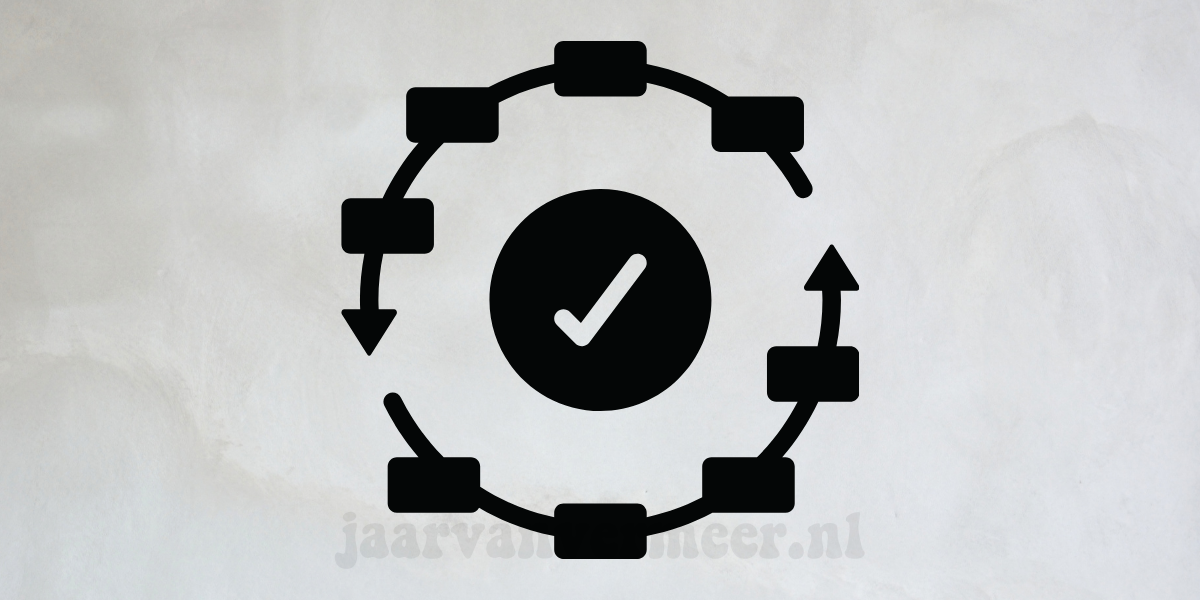
Are you thinking of importing products from abroad?
The United States imported more goods and services than $2.76 trillion from overseas in 2015. The United States is the largest importer of products worldwide. These goods comprise two-thirds of material goods and one-third of capital goods. Numerous businesses from the United States and abroad have discovered that imports can help them save money, increase their product diversity, and improve their relationships with other countries.
If you’re determined and committed to making it happen, import can be easier than you might think. While the steps involved in importing vary from one country to another, we’ll share the basics of how to import products from overseas.
Step 1: Make inquiries.
Finding a reliable supplier abroad is the first step in the import process. Many online businesses will help you find overseas suppliers. Forbuyers, Alibaba, Global Sources and Alibaba are some of the most trusted online companies that will connect you with suppliers. They also allow you to get multiple quotes from different suppliers. Upon receiving quotes and communicating/choosing a trustworthy supplier, both parties will negotiate the standards and write a contract for the goods, terms of the business relationship, and conditions of the sale.
Step 2: Obtaining the correct licenses
The majority of countries around the globe require that the importer obtain an importing licence. An importing permit is not needed in the United States, but it is necessary for specific item categories. Prospective importers must apply to an approved licensing authority in order to obtain an import license. Prospective importers must apply for an import license at least one calendar month prior to purchasing goods from overseas. A business number is required for imports from Canada. This application is free and can be done in just a few minutes.
Step 3: Finishing the overall import process
Once you have received the import license, the importer will place an order and create a contract. You should consider many things at this stage.
It is essential to ensure that your agreement with the company covers all aspects.
It is essential to specify the payment method and terms.
It is essential to determine the estimated manufacturing time and the delivery date of the product.
It is essential to clearly state the standards and details of your company for the goods.
Also, the shipper terms must be stated: FOB CIF EXW or EXW. These shipping terms will decide who will pay for shipping and insurance.
Step 4: A Letter of Credit
The supplier cannot risk not being paid. They will often send a letter to the buyer (often called ‘L/C’ or ‘L.C’) and ask them to fill it out before shipping the merchandise.
Step 5: Make the payment.
Your familiarity with the supplier will determine the method of payment and the terms of the agreement. Importers who are dealing with suppliers first time will find that PayPal, Escrow or credit cards are the most convenient options. Although they are more expensive, these methods offer more excellent safety. You don’t want your supplier to run off with your money. If an importer has been working with a supplier for a long time (over two years), they may try to cut costs by using wire transfers or other payment methods.
Step 6: The Documentary Bill
Once the supplier has received the letter of credit, the supplier will arrange the shipment of the goods according to the specifications of the contract. The supplier will send the buyer an Advice Note indicating the expected arrival date. The exporter will issue a Documentary Bill to most countries. This includes documents like a bill of lading, invoice, and certificate of origin. This bill is usually sent to the buyer via a foreign currency bank. The buyer can then view the Documentary Bill and possibly prepare a payment. However, compensation will often not be issued until products are received and approved. The details of the contract will determine when the cost will be made.
Step 7: Clearances & Customs
The buyer must take custody of the goods once they arrive at a port and transport them to their desired storage or business. The buyer will be issued an endorsement letter before the goods are claimed. This letter gives the buyer the right to take possession of the goods. This bill will not be allocated until the freight cost has been paid. The buyer will pay the freight cost if the supplier refuses to cover it. An “application to import” document will be issued to the buyer. This document records all fees associated with landing the merchandise. Additional documents required at port-of-entry include a Bill of Entry, Bill of Sight, and Warehouse/Bonded Duty. Importers frequently appoint clearing agencies to handle all of these documents and to take possession of the goods.
Step 8: Close the transaction
The transaction is completed if the buyer is happy with the goods’ condition. If the buyer isn’t satisfied with the goods, he can contact the supplier directly (maybe through writing) to resolve the issue. You should quickly document any damage that occurs during shipping so you can claim compensation from your insurance company.